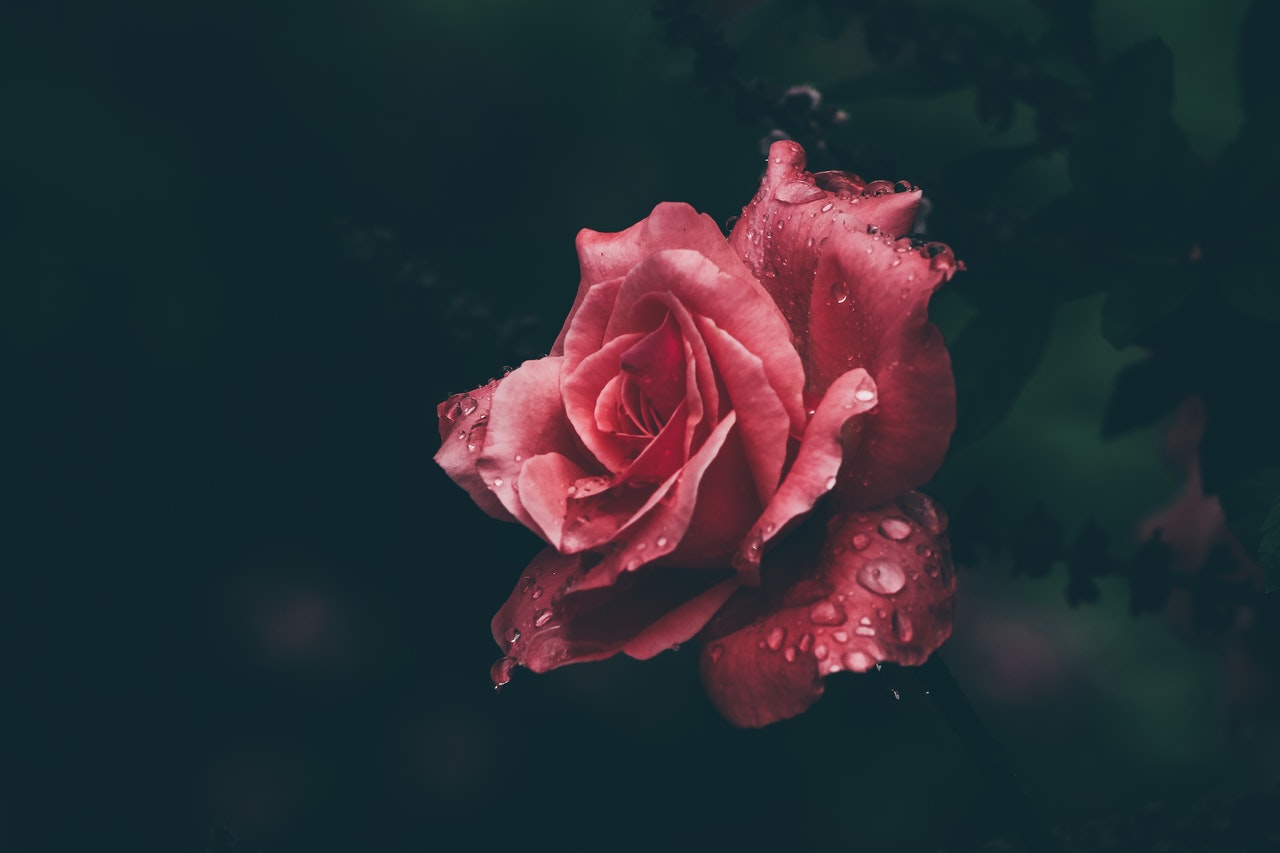Think of Japan and traditional rural communities living in the shadow of towering mountains are probably the last thing to come to mind. But that’s exactly what you’ll find in Toyama and Nagano prefectures, part of the far-off-the-traveler-radar region of Chubu. It’s an area best explored by car or rail on a rough loop out of the city of Nagoya, taking in some history, culture, awe-inspiring landscapes (which look rather different depending on when you visit) and plenty of bottles of local brew along the way.
Ainokura Village
A few hours north of Nagoya, the UNESCO World Heritage-listed village of Ainokura (www.g-ainokura.com) is home to centuries-old Gassho-style houses, simple wooden structures topped with massive, triangular, thatched roofs. A community of about 60 people still lives in the peaceful village, and visitors can book a stay in one of their homes from around ¥8,400 ($141) a night. Winter is one of the best times to visit when three to four meters of snowfall turn it into a storybook winter wonderland.
Unazaki and the Kurobe Gorge
Skip Toyama city itself (there’s not a lot to see and it’s pretty sleazy after dark) and head instead for the quaint, cobble-stoned town of Unazuki. It’s known for the 27 bronze statues dotted around it but it’s really just a great opportunity to pick up local treats, crafts and produce. And drink.
Ikejirino Liquor Shop (Chua-dori St.) specializes in local Toyama Prefecture sake and, if you’re into good beer, the Unazuki Beer Hall is a 15-minute drive out of town. Many hotels here have their own onsite onsens including the Unazuki New Otani Hotel (352-7 Unazuki-onsen, Kurobe-shi, +81 (0)76-562-1041) which also has “a little extra” in the form of a Thai ladyboy show. Rooms start at ¥24,000 ($389).
The real reason to stop over here though is the chance to visit the nearby “No. 1 V-shaped Gorge in Japan” (pity whichever came second!). The Kurobe Gorge Railway (www.kurotetu.co.jp) takes you up through the mountains, passing rapids, cliffs, iron bridges and steaming hotsprings. A one-way ticket costs ¥1,660 ($27). During the autumn months, Kurobe Gorge and its network of trails becomes a kaleidoscope of orange and amber hues as the leaves begin to fall. The railway runs from April to November.
Tateyama National Park
Those famous images of buses plying a road between towering walls of snow? That’s the amazing Tateyama Kurobe Alpine Route, which runs through the National Park of the same name.
In winter, it’s a popular ski and snowboard haunt, as it’s one of the first places in the country to see snow. In the spring, the road up to the mountains is cleared to create the famed snow canyon and, come summer, it’s a busy trekking spot.
The Park is also home to Kurobe Dam, Japan’s largest at 186m, which discharges water in pretty awesome fashion in the warmer months. Heading up and down the mountains is quite the feat of engineering—you take a cable car twice, trolley buses through tunnels twice and a coach and ropeway once each with the one-way journey costing ¥10,560 ($171).
A quirky pitstop close by is the Daio Wasabi Farm (1692 Hotaka, Azumino, Nagano, +81 (0) 263-82-2118) where you can learn more about the spicy plant and try a few unlikely wasabi-infused products like ice-cream and—yes—beer.
Matsumoto
With spectacular views all round, the city of Matsumoto is centered on one of Japan’s national treasures, Matsumoto Castle. Built some 400 years ago during Japan’s warring states era, the six-storey wooden castle is now a museum charting its colorful life.
Had your fill of history? Then it’s time to hit the bottle again. Izutsu Winery (1298-187 Oaza Soga, Shiojiri-shi, +81 (0) 263-52-0174) has been in operation since 1933, utilizing mainly Concord and Niagara grapes, and more recently Merlot. The winery produces around 70 million bottles a year almost entirely for the domestic market, with the best of them aged in barrels imported from France and stored beneath ground level in a wine cave. You can sample most of their goods on site.
Stagger back to Hotel Shoho (527 Satoyamabe, Matsumoto, +81 (0) 263-38-7711) which, in addition to the obligatory onsen, features a world-class, innovative kaiseki restaurant, a sake bar stocking Nagano’s best and a lobby bar with some great local whiskies. Rates start from ¥31,500 ($506).
Tsumago-juku
A final stop on the road back to Nagoya, Tsumago-juku is a restored post town on the 300-year-old Nakasendo Highway between Tokyo and Kyoto. Sharing some DNA with Hoi An’s Ancient Town and Jonker Street in Malacca, Tsumago-juku has been preserved from development since 1976 while still functioning like an ordinary town. If Ainokura and Matsumoto didn’t slake your historical thirst, then it’s the perfect place to round out your trip.
Essential Information
Getting There
Singapore Airlines fly direct to Nagoya daily from $S1,170. ANA fly to Nagoya via Tokyo twice daily from $S1,026.
Getting Around
Self-drive holidays for international tourists have grown in popularity in the last five years, and there’s really no better way to see the country. ToCoo! Travel has a comprehensive list of car rental companies and you can make your bookings through their website. Rates start from ¥19,950 (S$320) for one week. (Don’t forget to bring an International Driving Permit and a designated driver!)If you’d rather not drive, most places of interest, even in rural areas, are linked by the Japan Rail (JR) system. The railway will bring you close to wherever you need to get to and the remaining distance can be covered by local buses and minor train lines. A seven-day JR Pass costs ¥37,800 (S$612).
Exchange Rate
S$1 = ¥62





